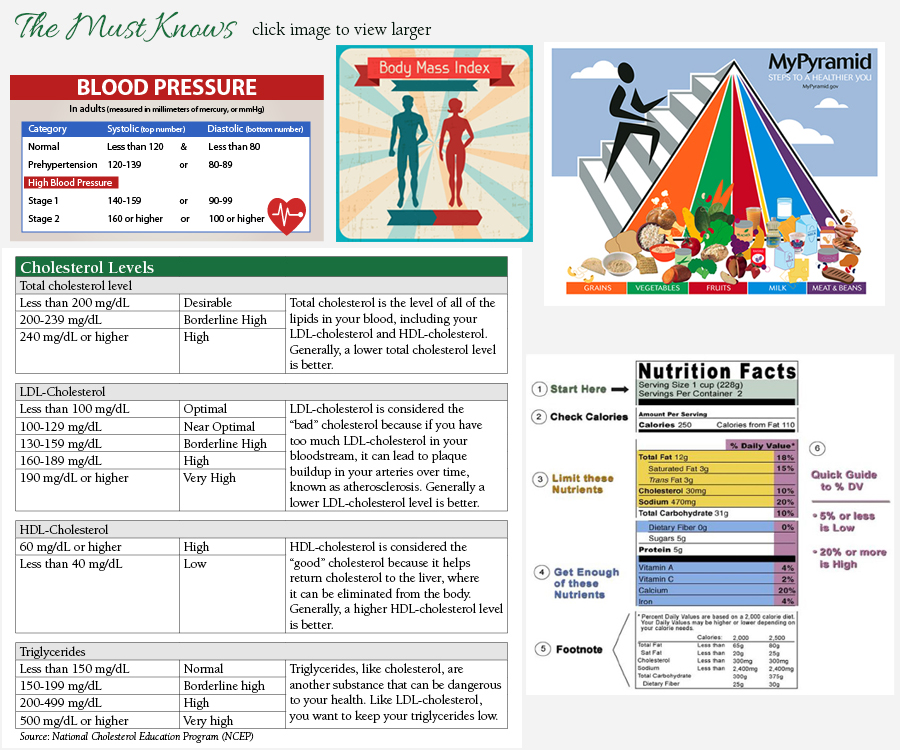Positive Messages
When we least expect it, life sets us a challenge to test our courage and willingness to change; at such a moment, there is no point in pretending that nothing has happened or in saying that we are not yet ready. The challenge will not wait. Life does not look back. A week is more than enough time for us to decide whether or not to accept our destiny.
– Paulo Coelho
Only a revolution in consciousness will save children from obesity. We have to change the old ways of thinking about food and the total health of our bodies. Such a change requires a paradigm shift.
Such shifts can happen. For example, as recently as World War One many more military personnel died from infections and communicable diseases than from severe wounds on the battlefield. It was only after better medical treatments were developed and used that the soldiers stopped dying from disease and less traumatic injuries. There was a change in how the illnesses were handled. Something was wrong, so doctors and researchers set out to find a solution. The old way of thinking about addressing that crisis had to change because it was not working. A paradigm shift occurred. This type of shift can only happen, however, when the problem becomes important enough to both those who the problem most greatly impacts and those in a position to act.
Parents and educators alike must now take a stand to change the direction of unhealthy habits among the young. The old way of thinking has caused a tremendous strain on the health care system and an escalation of a variety of diseases. Because thirty to fifty percent of calories that children eat on a daily basis come from their meals at school, a change in food choices served in U.S. school cafeterias will make an enormous impact. The “aha-aha” moment is now. Enough light has been shed on the obesity problem that we know we have to change our approach to feeding our young if we do not want their life spans to be shortened.
Educators have to make curriculum changes to educate children on the importance of healthy eating. Today, learning about appropriate basic health practices is just as critical as learning reading, writing, and arithmetic. Children will need to be involved in interactive hands-on approaches to nutrition in order to feel in a direct way what it means to be healthy. This direct experience is necessary in order for change to occur. The ancient Chinese proverb says it best: “If you give a man a fish, you feed him for a day. If you teach a man to fish, you feed him for a lifetime.” In order to make lasting change, it’s always best to help individuals learn the skill that will allow them to function independently to allow for a lifetime of wellness. Schools must therefore seek “buy-in” from all stakeholders within the school community to be able to meet this difficult challenge.
Michelle Obama, the First Lady of the United States, has started a remarkable trend. She has inspired the nation by doing the following:
- Starting a national conversation.
- Planting a vegetable garden at the White House.
- Exploring and connecting with children to find their interest in nutrition.
- Getting children engaged in planting, nurturing, harvesting and writing about vegetables in a relatable and friendly manner.
- Getting commitments from school districts, mayors, governors, television networks, pediatricians, and sports teams.
- Getting funding through the legislature to aid in implementing and providing the necessary resources needed to encourage change.
Mrs. Obama has gone to meet with individuals from various organizations to communicate the importance of saving the lives of children. Mrs. Obama articulates that she is willing to move heaven and earth to do the best for her own two children, and she believes that all parents have the will to do the same for their children. Some need more support than others, but, as a nation, we can provide this support. So, what has been done so far?
Positive Messages on Television, the Media, and in the Public Sphere
Researchers have found several ways that television viewing affects the rise in childhood obesity. As a result, efforts have been made to limit unhealthy advertising aimed at young children and to emphasize positive, healthy, active lifestyles in programming and advertisements. These efforts are an excellent beginning to an ongoing task of informing the public about health and nutrition, despite the advertising that continues to emphasize the unhealthy. This kind of advertising is not going away; we just have to learn how to combat it effectively.












